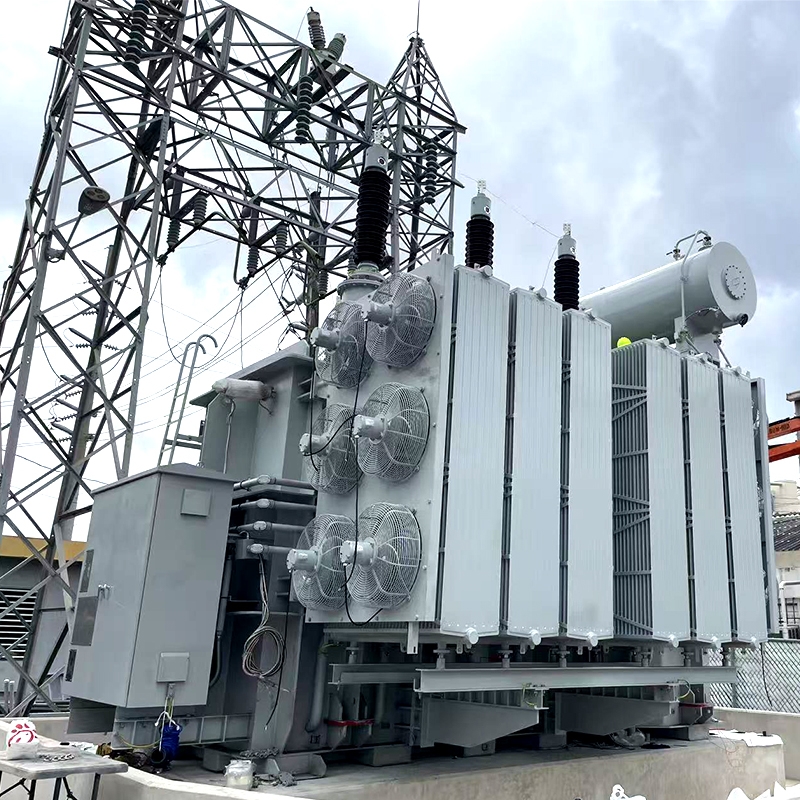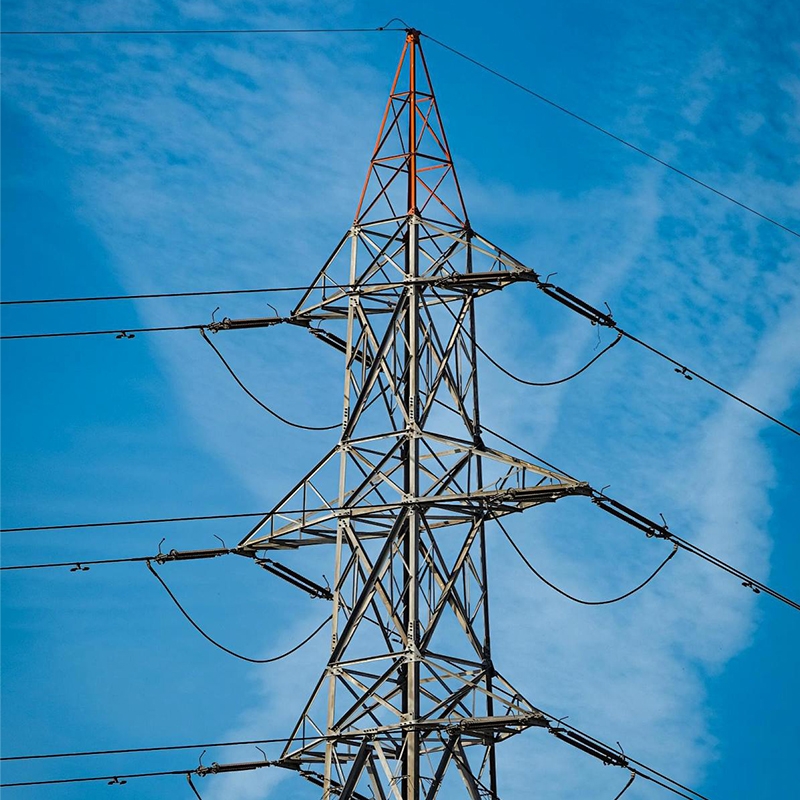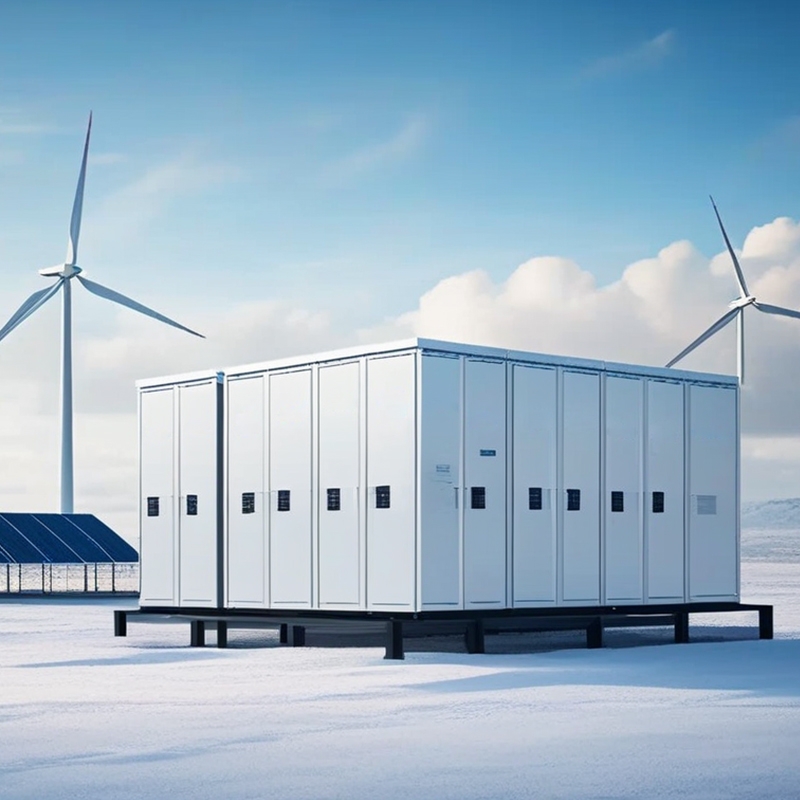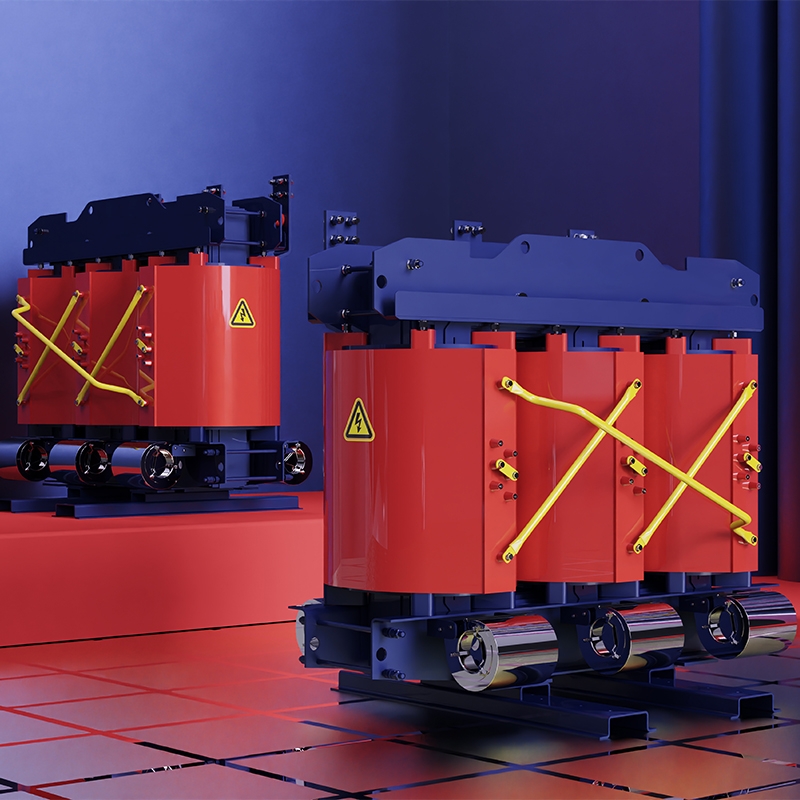Electrical design | Knowledge related to power transformers
The Power Transformer (abbreviated as B in Chinese and T in International notation) is the most crucial primary equipment in the power supply and distribution system. It is mainly used in public power grids and industrial power grids to convert the electrical energy of a given voltage value into the required electrical energy of another voltage value, which is conducive to the rational transmission, distribution and utilization of electrical energy.
Classification and Characteristics of power transformers
1. By function
(1) Step-up transformers are used in long-distance power transmission and distribution systems to increase lower voltages to higher voltage levels. The purpose of doing this is to reduce the loss of electrical energy in the transmission lines.
(2) Terminal substations that directly supply power to various users through step-down transformers shall adopt step-down transformers.
2 Classified by phase number
Single-phase transformers are generally used exclusively for small-capacity single-phase equipment.
(2) Three-phase transformers Three-phase transformers are widely used in substations of power supply and distribution systems.
3 Classified by the material of the winding conductor
Copper winding transformers have lower losses, so they have been more widely used, especially large-capacity copper winding transformers.
(2) Aluminum winding transformers have high losses, but they are cheaper than copper winding transformers. 4. Classified by winding type
(1) Double-winding transformers are used in places where one voltage is changed.
(2) Three-winding transformers are used in places where two voltages are required, featuring one primary winding and two secondary windings.
(2) Autotransformers are mostly used in laboratories for voltage regulation. Its primary side and secondary side not only have magnetic connections but also electrical connections.
5 By capacity series, the capacity of the transformer is determined by the R10 series, that is, it increases in multiples of approximately 1.26 for R10. Commonly used ones include 50, 63, 80, 100, 125, 160, 200, 250, 315, 400, 500, 630, 800, 1000, 1250, 1600, 2000, 2500, 3150 KV·A, etc. (1) Small transformers with A capacity of less than 500KV·A.
(2) Medium-sized transformers with A capacity ranging from 630 to 6300 kV ·A.
(3) Large transformers with A capacity of over 8000 KV·A.
6. Classified by voltage regulation method
(1) No-load tap-changing transformers are generally used in places where the voltage level requirement is not high, especially for distribution transformers of 10KV and below.
(2) On-load tap-changing transformers are mainly used in power systems above 10KV and in places with high requirements for voltage levels.
7. Classified by installation location
(1) Indoor type
(2) Outdoor type
8. Classified by cooling method and winding insulation
(1) Features of oil-immersed self-cooling, oil-immersed air-cooling, oil-immersed water-cooling and forced oil circulation cooling methods: Good insulation and heat dissipation performance, low price, and easy maintenance; The flammability of oil makes it inconvenient to be used in flammable, explosive and highly safety-demanding situations.
Self-cooling type is adopted for ordinary medium and small capacity transformers.
2) Water-cooled and forced oil circulation cooling methods are adopted for large-capacity oil-immersed transformers.
3) Air-cooled type uses ventilators to enhance the heat dissipation and cooling of transformers, which is generally applied to large-capacity transformers (2000KV·A and above) and places with poor heat dissipation conditions.
(2) Features of dry cast type, open type and closed type: simple structure, small volume, light weight, fireproof, dust-proof, moisture-proof, but expensive. They are used in places with high safety and fire protection requirements, such as substations in large buildings, underground substations and substations in mines. (3) Gas-filled (SF6) transformers are those that use filled gas for insulation and heat dissipation
Features: Excellent electrical performance, used in places with high safety and fire prevention requirements, and often combined with other gas-filled electrical appliances to form complete sets of equipment.
9 By purpose
(1) Ordinary transformer
(2) Lightning protection transformer
(3) Distribution transformers: Transformers of 6 to 10kV / 0.4kV
(4) Transformers with the main transformer installed in the main step-down substation
The structure of three power transformers
The basic structure of a transformer
(1) Circuit section: The primary winding is the winding connected to the system circuit and power supply, and the secondary winding is the winding connected to the load.
(2) Magnetic circuit section: The core of the transformer (silicon steel sheets coated with insulating paint film are alternately stacked to form the core) - composed of an iron yoke and core columns.




